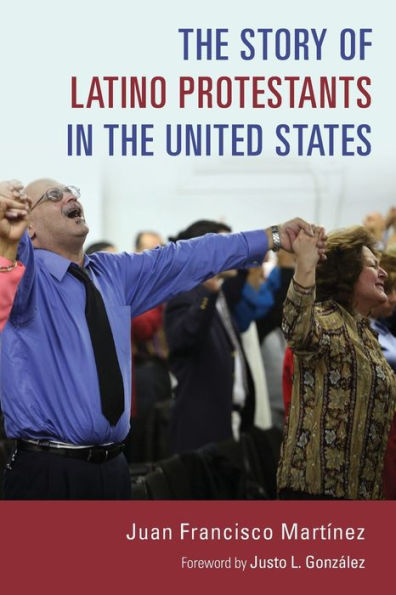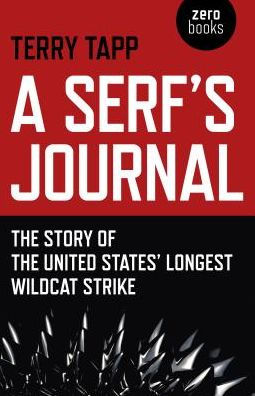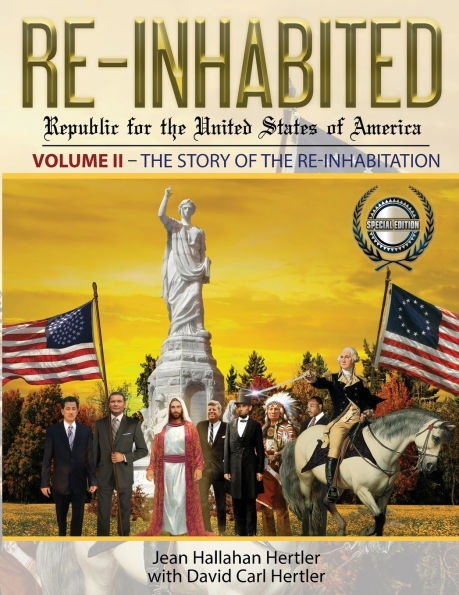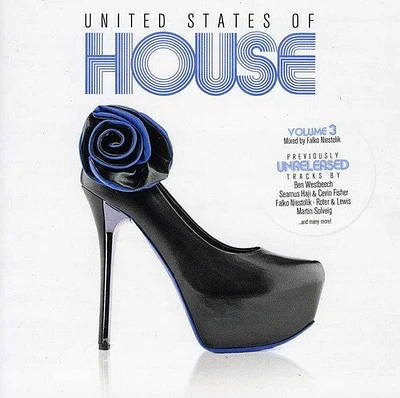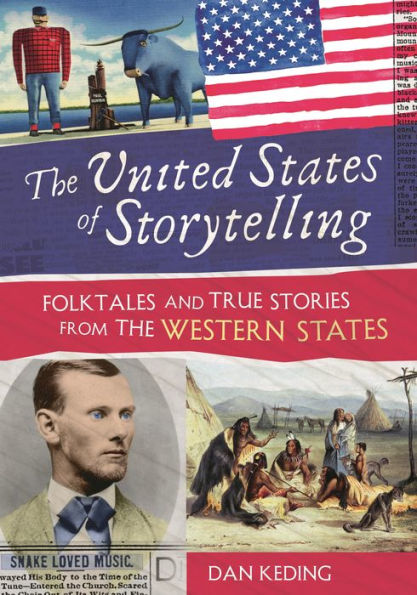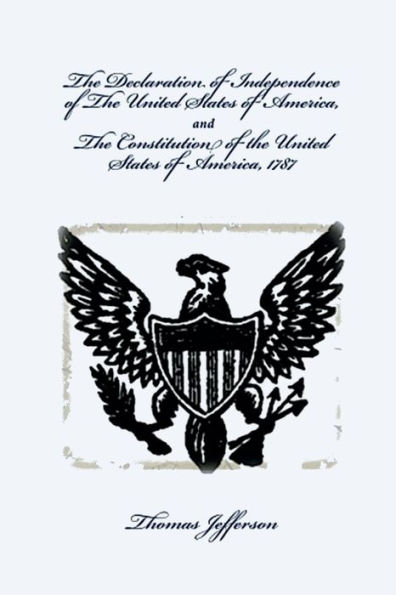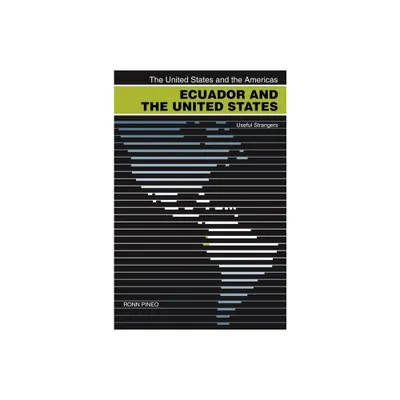Home
The Wobblies: The Story of the IWW and Syndicalism in the United States
Loading Inventory...
Barnes and Noble
The Wobblies: The Story of the IWW and Syndicalism in the United States
Current price: $17.95
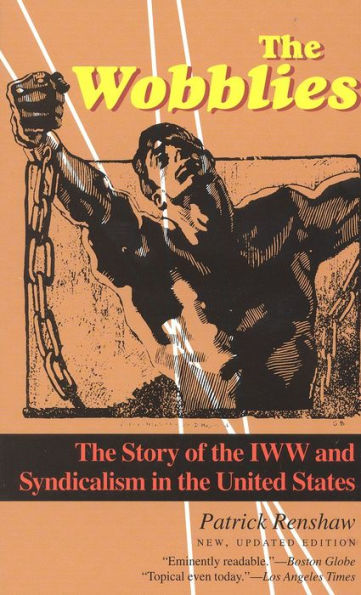

Barnes and Noble
The Wobblies: The Story of the IWW and Syndicalism in the United States
Current price: $17.95
Loading Inventory...
Size: OS
*Product Information may vary - to confirm product availability, pricing, and additional information please contact Barnes and Noble
Does anyone save historians remember the Wobblies? This nickname for the Industrial Workers of the World (IWW), the revolutionary labor union founded in Chicago in 1905, not so long ago was part of the vocabulary of labor and socialist movements everywhere. But few who have heard of the Wobblies know much about their history, aims, or achievements—or their impact on American labor. In this new edition of his classic study of the Wobblies, Patrick Renshaw tells the story of how they planned to combine the American working class, and eventually wage earners all over the world, into one big labor union with an industrial basis, a syndicalist philosophy, and a revolutionary aim. “A careful, balanced work.”—
New York Times Book Review
. “A lively introduction to a trying and violent period in American industrial history.”—
Journal of American History
. “The story of American trade unionism is a sorry one—dirty and tragic—and this is one of the worst chapters.”—
Times Literary Supplement
.
New York Times Book Review
. “A lively introduction to a trying and violent period in American industrial history.”—
Journal of American History
. “The story of American trade unionism is a sorry one—dirty and tragic—and this is one of the worst chapters.”—
Times Literary Supplement
.
